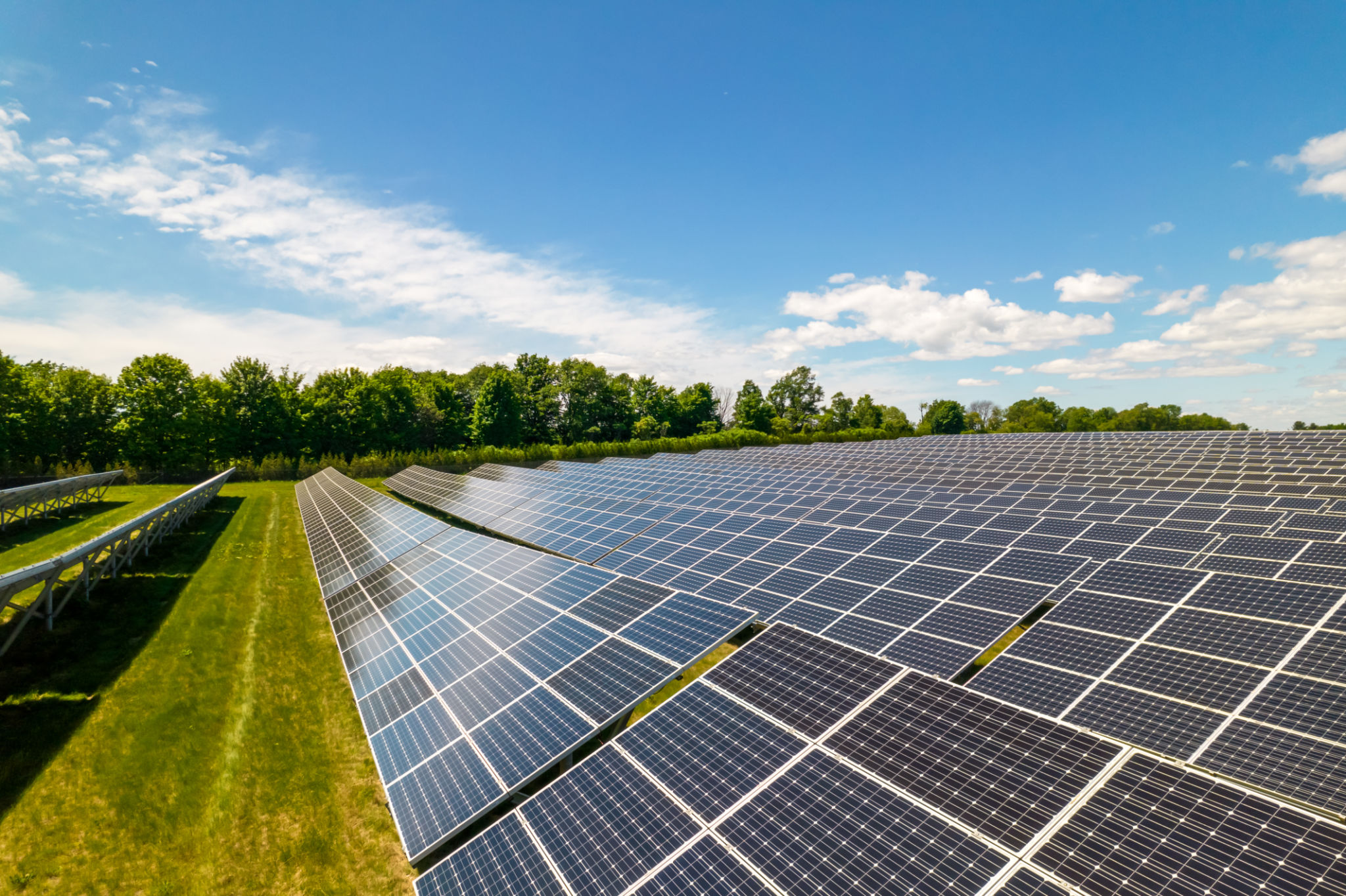Expert Insights: The Future of Solar Energy in the United States
Current Trends in Solar Energy
The solar energy industry in the United States has been experiencing remarkable growth over the past decade. With advancements in technology and decreasing costs, solar power has become an increasingly viable energy source for both residential and commercial applications. In 2023, solar energy accounts for a significant portion of new electricity generation capacity, showcasing its potential to transform the nation's energy landscape.
One of the key drivers of this growth is the substantial reduction in solar panel costs. Over the last ten years, the price of solar panels has dropped by more than 70%, making it more accessible to a broader audience. Additionally, government incentives and tax credits have played a crucial role in encouraging both individuals and businesses to invest in solar energy systems.

Innovations Shaping the Future
The future of solar energy in the United States is being shaped by innovative technologies that are enhancing efficiency and storage capabilities. One such development is the advent of bifacial solar panels, which capture sunlight from both sides, increasing overall energy capture. These panels are gaining popularity due to their ability to generate more power without requiring additional space.
Another groundbreaking innovation is the integration of solar energy with energy storage systems. Battery technology has advanced significantly, allowing for more efficient storage of solar power. This integration ensures a steady supply of electricity even when the sun is not shining, thereby increasing the reliability of solar energy systems.

Policy and Regulatory Developments
Policy and regulatory frameworks play a pivotal role in shaping the future of solar energy in the United States. The federal government, alongside state and local authorities, has been implementing supportive policies to promote the adoption of renewable energy sources. These policies include tax incentives, renewable portfolio standards, and net metering, which have collectively contributed to the growth of solar energy.
Furthermore, recent legislative efforts aim to streamline permitting processes and reduce bureaucratic barriers for solar installations. These initiatives are essential for accelerating the deployment of solar energy systems and achieving national renewable energy targets.

Challenges and Opportunities
Despite the promising outlook, there are challenges that need to be addressed to fully realize the potential of solar energy in the United States. Grid integration remains a significant hurdle, as the current infrastructure must be upgraded to accommodate increased solar power generation. Additionally, there is a need for skilled labor to install and maintain solar systems, highlighting an opportunity for job creation in this sector.
On the other hand, opportunities abound in areas such as community solar projects, which allow multiple users to benefit from a single solar installation. These projects can provide access to solar energy for those who may not have suitable rooftops or financial resources to install their own systems.
The Role of Public Awareness
Increasing public awareness about the benefits of solar energy is crucial for its widespread adoption. Educational campaigns and community outreach programs can help dispel myths and provide accurate information about solar technology and its impact on reducing carbon footprints.
Moreover, businesses can play an instrumental role by showcasing their commitment to sustainability through investments in solar energy. As more companies adopt solar power, it not only reduces operational costs but also enhances their brand image as environmentally responsible entities.

Conclusion
The future of solar energy in the United States is bright, with numerous advancements and initiatives paving the way for increased adoption. As technology continues to improve and policies evolve to support renewable energy, solar power is set to become a cornerstone of the nation’s energy strategy.
By overcoming challenges and seizing opportunities, stakeholders across various sectors can work together to ensure that solar energy plays a pivotal role in creating a sustainable and resilient future for the United States.